These are drainage shapes or solder thieves.
This patent shows something similar, as does the picture in this question. Maybe someone found the stars to work better during experiments, maybe someone just wanted to avoid the patent.
This is an area of the board where isolation matters, probably the power supply. There are even some spark gaps built using the available material (PCB traces) without additional cost, maybe underneath a common-mode choke, as they are often seen in the mains input filter (three pointy edges on opposite sides). These spark gaps do the exact opposite of the stars around the component pins: They are designed to increase the field when high voltage transients are present and the isolation gap is supposed to break down in a controlled fashion.
The stars' edges, on the contrary, do not point towards nearby traces or components.
When you look carefully, you can see how the stars' edges point towards wider areas of their own traces and not towards the designed clearance or creepage spacings or other traces. This is done to nudge the solder away from any isolation spacings.
When soldering through-hole components in what is called wave soldering, sometimes some solder will form edges or spikes when cooling off and becoming solid. To some extent, you may have noticed this effect even while hand soldering some joints. The keepouts in the green solder mask try to make the solder stick anywhere but in the designed isolations spacings.
I guess some clever process engineers have come up with this idea and have noticed how it can increase the yield - i.e. reduce the number of components that fail the visual inspection (or automated optical test) after the soldering process or even break down in the high-voltage isolation test that is done with the finished product, at least for the primary-to-secondary isolation (mains input to any low voltage circuits the user may touch).
